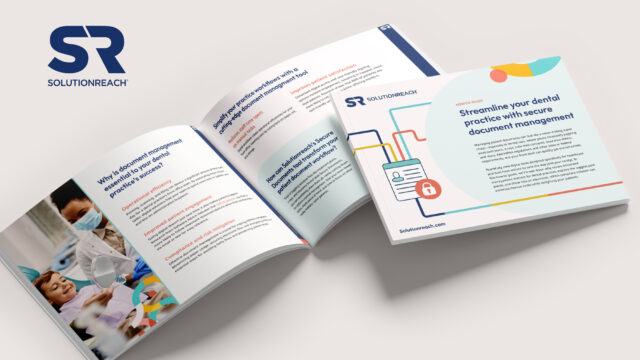Paperwork. Faxing. Endless waiting for signatures. Sound familiar? With today’s digital technology, there’s no reason for healthcare providers to stay stuck in the dark ages of manual document signing. Let’s talk about how secure e-signatures are helping practices eliminate time-consuming, error-prone processes—ultimately boosting patient experience and satisfaction, saving money, and improving treatment outcomes.
Are healthcare practices still printing and faxing private patient documents and signatures?
Many healthcare organizations still rely on paper forms, scans, and faxes to obtain patients’ signed documents for treatment plans or prescriptions. This outdated system can lead to:
- Delayed patient care because of back-and-forth mail or faxing.
- Errors from misfiled documents and illegible handwriting.
- Increased costs in printing, shipping, and manual filing.
Studies show that organizations using traditional paper-based workflows spend tens of dollars per document in handling costs alone. That adds up quickly for medical practices dealing with hundreds (if not thousands) of documents every month.
Unlike traditional handwritten signatures, e-signatures provide a legally binding and efficient way for healthcare providers to manage electronic documents securely.
Why are digital e-signatures a game-changer in healthcare?
E-signature tools allow healthcare providers to securely streamline the signing process for treatment plans, prescriptions, and other critical forms from any device. Gone are the days of physically driving to the clinic or fumbling with a fax machine. The benefits are clear:
- Faster turnaround: Some providers report reducing document turnaround times by 80% after going digital.
- Fewer errors: Automated workflows cut down on misplacements and manual entry mistakes by up to 90%.
- Enhanced compliance: Reputable platforms adhere to HIPAA’s protect health information (PHI) regulations and are designed with top-tier security standards.
How does going digital boost your return on investment?
When your team no longer has to chase signatures or deal with printing, mailing, and refiling, they can focus on patient care. This efficiency translates into cost savings you can measure in real dollars.
- Cost savings: Implementing e-signatures can reduce administrative costs by an average of $5–$8 per document (paper, ink, courier services). Multiply that by thousands of documents each month!
- Improved productivity: Clinics report a 20–30% increase in employee bandwidth once document handling is automated.
- Patient satisfaction: Shorter wait times for treatment plan approvals or prescription sign-offs lead to happier patients who are more likely to return and refer others.
By using electronic signatures, healthcare organizations attain faster contract turnaround time without sacrificing regulatory adherence. Medical personnel can verify the signer’s identity and document integrity through digital signatures, reducing security risks.
Ready to take the next step?
If you’re eager to streamline your practice and enhance the patient experience, consider exploring SaaS-based e-signature tools designed for healthcare. A secure digital certificate ensures that every signature meets industry standards, adding extra security for confidential patient data. Look for:
- HIPAA compliance: Ensure the platform meets security standards set by HHS.
- Integration capabilities: The tool should work smoothly with your existing patient management or EHR system.

To learn more about how a secure documents tool can help you transition your manual paper processes into a more efficient and secure digital process, check out the guide, “Streamline Your Dental Practice with Secure Document Management: A How-To Guide.”
Download Guide


